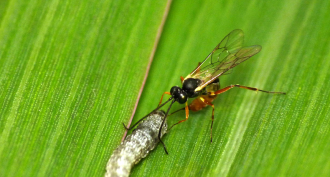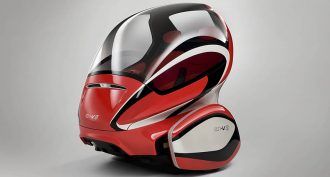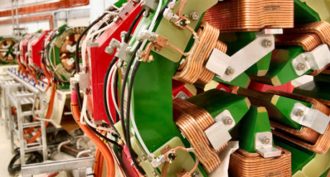HS-ETS1-3
Evaluate a solution to a complex real-world problem based on prioritized criteria and trade-offs that account for a range of constraints, including cost, safety, reliability, and aesthetics, as well as possible social, cultural, and environmental impacts.
-
 Brain
Brain‘Study drugs’ can be dangerous
The misuse of these ADHD medicines not only constitutes cheating, but they can become addictive and can mess with your head.
-

-

Young scientists come to Washington
Thirty middle school students compete in the inaugural Broadcom MASTERS science challenge.
-
 Tech
TechCars of the future
New cars will be smarter, safer, more efficient — and able to drive themselves.
-
 Tech
TechA greener way to keep flames away
Scientists use safer materials to create a new flame retardant.
-
 Animals
AnimalsLotion takes a bite out of snake venom
Scientists discover that a cream can slow the spread of a serpent’s poison.
-
 Science & Society
Science & SocietyScientist profile: Leroy Hood
The inventor of the DNA sequencing technique, and Albert Lasker Awardee, embarks on the next big challenge.
-

Enthusiasm and reward for science
Meet the high schoolers who won the 2011 Intel Science Talent Search.
-
 Physics
PhysicsExplainer: How a synchrotron works
Giant magnets direct superfast light into beams up to 30 million times as bright as those produced by a laser pointer.
By Emily Sohn -
 Tech
TechInspired by nature
Researchers are applying lessons learned from butterflies, beetles, mussels, and other creatures to problems of human survival.
By Emily Sohn -
 Tech
TechA taste for cheese
Researchers aim for cheese that is tastier, more nutritious, and easier to make than those now available.
By Emily Sohn -
 Tech
TechDrawing energy out of wastewater
Microbes in a fuel cell can generate electricity from plant and animal waste in water.
By Emily Sohn